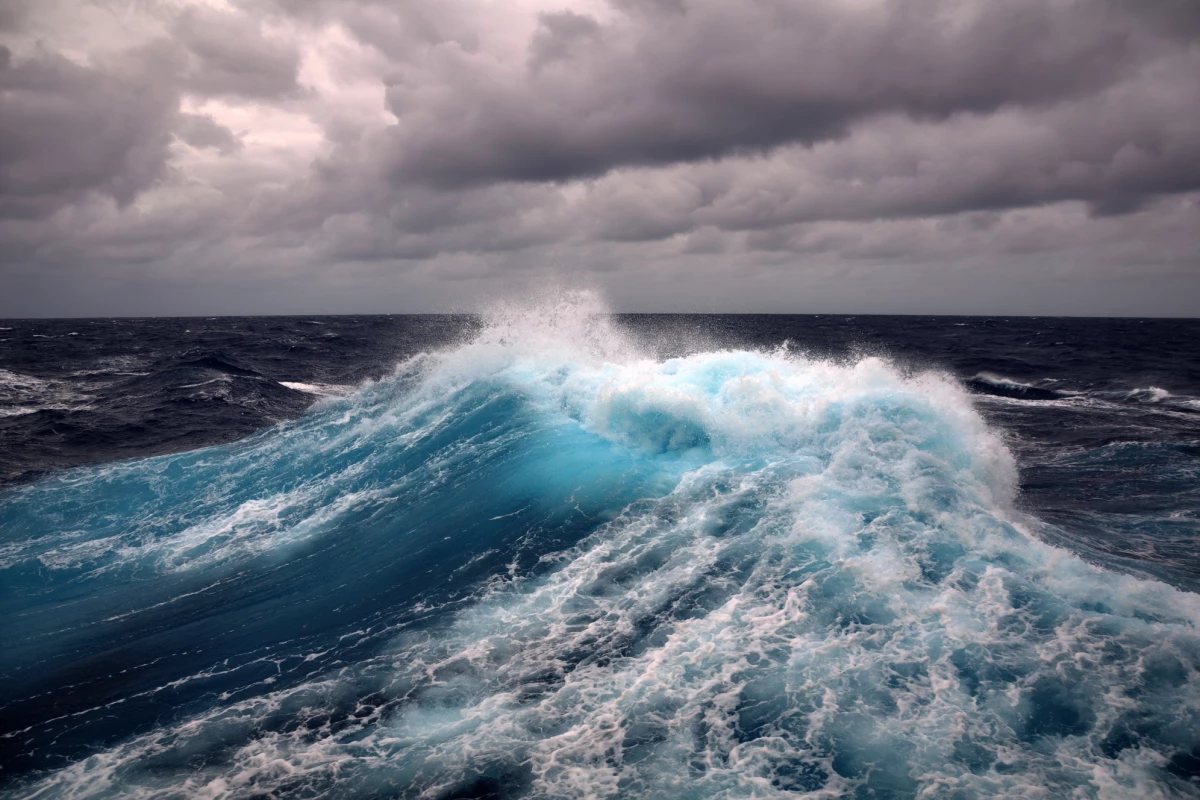Having more carbon dioxide in the atmosphere isn’t just changing the surface climate – it’s making the oceans more acidic. Now, scientists have uncovered an unfortunate feedback loop that could make things worse. According to a new study, ocean acidification seems to increase the amount of nitrous oxide (N2O), a potent greenhouse gas, that’s released into the air.
Ocean acidification is already a major concern as a side effect of, and contributing factor to, climate change. More carbon dioxide in the air means the oceans absorb more of it too, which makes the waters more acidic. That in turn changes the climate of marine ecosystems, bleaching coral reefs, disrupting the natural food chain, messing up the survival instincts of fish, and even dissolving the seafloor.
And now a new effect has been uncovered by researchers at EPFL, Tokyo Institute of Technology and the Japan Agency for Marine-Earth Science and Technology (JAMSTEC). According to the team, more acidic waters release more nitrous oxide into the atmosphere. And once it’s up there, its greenhouse gas effect is almost 300 times more damaging than CO2, as it depletes the ozone layer.
The team started by collecting water samples from five different sites off the coast of Japan between 2013 and 2016. To test how much nitrous oxide was produced at different acidity levels, the team then lowered the pH levels of the samples, making them more acidic. This triggers a process whereby microbes in the water begin converting ammonium into nitrate, creating N2O as a by-product.
The team found that for one particular part of the Pacific Ocean – the subarctic areas near Japan’s northern island of Hokkaido – the more acidic water is significantly increasing the amount of nitrous oxide produced.
Interestingly, in their samples the team recorded that the actual conversion rate of ammonium to nitrate decreased, but somehow the amount of N2O produced went up. The team isn’t exactly sure what caused that, but it could be that pH changes are impacting other biochemical mechanisms in unexpected ways.
The new study backs up previous research that found that the conversion rate of ammonium to nitrate was dropping. The difference here is that the earlier work concluded that this meant that N2O levels would also drop – unfortunately the new study found just the opposite.
“Our study provides additional proof that rising CO2 emissions are disrupting natural biogeochemical cycles, which are highly sensitive to changes in the environment,” says Florian Breider, lead author of the study. “Our study shows that under the right conditions, one greenhouse gas can increase the production of another, more damaging one. So it’s essential that we keep conducting research in this area.”
The team acknowledges that for now, the conclusions are only really valid for that one part of the ocean that they tested. Further work will need to be done to determine if the phenomenon also applies to other regions.
The research was published in the journal Nature Climate Change.
Source: EPFL




